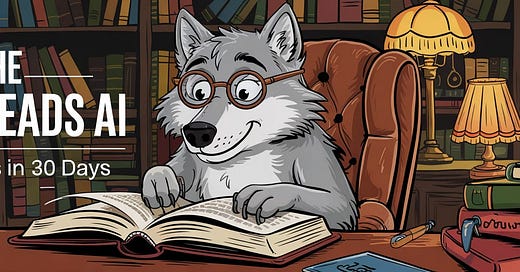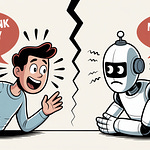Authors: Jacob Devlin, Ming-Wei Chang, Kenton Lee, Kristina Toutanova
Date: 2018 (arXiv preprint; formally published June 2019)
Institution: Google AI Language
Link to Original Paper: arXiv:1810.04805
Why This Paper Matters
Before BERT, most NLP models read text in just one direction—left-to-right (like GPT) or right-to-left. Some, like ELMo, combined both directions, but not in the fully integrated way BERT introduced.
BERT’s breakthrough was to pre-train deep bidirectional transformers, enabling a model to consider all context—left and right—at once.
It introduced:
Masked Language Modeling (MLM): randomly hiding 15% of tokens and training the model to predict them
Next Sentence Prediction (NSP): helping the model learn relationships between sentences
A new paradigm of pretraining + fine-tuning, now standard in NLP
BERT set state-of-the-art results on 11 benchmarks, including GLUE and SQuAD, transforming sentiment analysis, question answering, and many classification tasks. Its architecture rapidly became foundational in both academia and industry, including powering parts of Google Search.
Plain English Takeaway
Imagine reading a sentence with a few key words missing—but still knowing exactly what it means. That’s what BERT learned to do. By guessing those masked words during pretraining, it developed a deep sense of context—both before and after each word.
It wasn’t just parroting back text. It was learning how language fits together—and how to use that knowledge across a wide range of tasks.
Podcast Summary 🎧
Podcast summary generated using Google NotebookLM. No masked tokens were harmed.
#BERT #Transformers #NLP #MaskedLanguageModeling #Pretraining #DeepLearning #AIpapers #TheWolfReadsAI #LanguageModels #GoogleAI #DeepLearningwiththeWolf #DianaWolfTorres #JacobDevlin #MingWeiChang #KentonLee #KristinaToutanova















Share this post